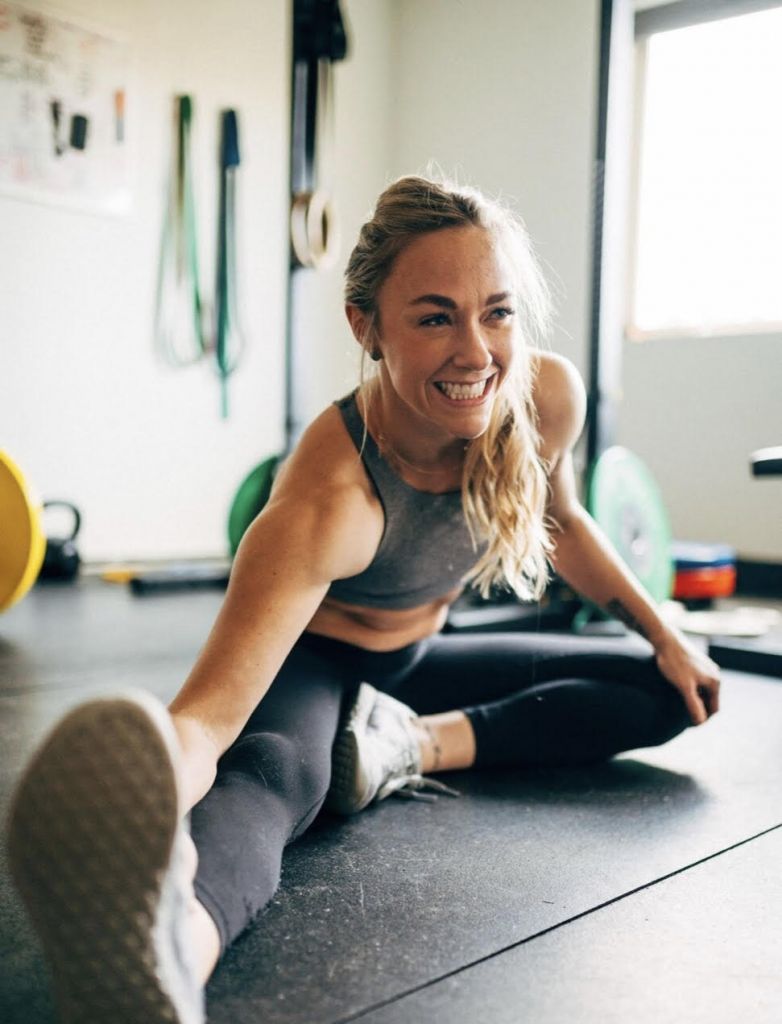How to Build Foundations to Stay Active Postpartum: Podcast Episode #165

Kristin chats with Dr. Karlie Causey, co-founder of a postpartum activewear brand called Jen & Keri, a sports chiropractor and certified strength and condition coach who is passionate about providing practical tools to moms and moms-to-be, helping them restore their bodies and continue exercising after their babies are born. You can listen to this complete […]
